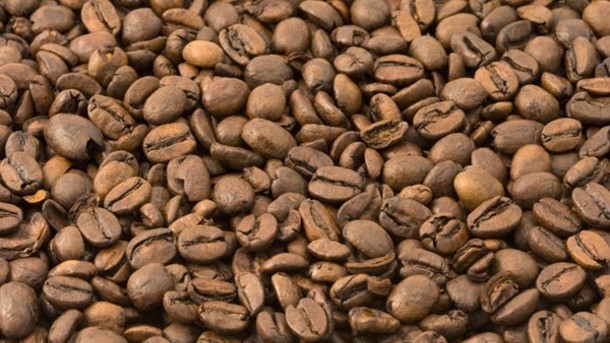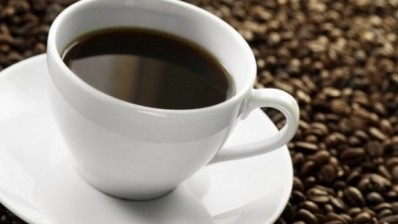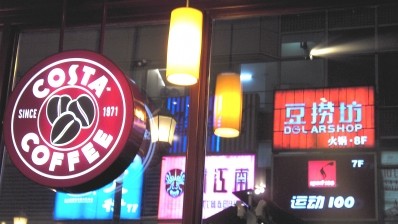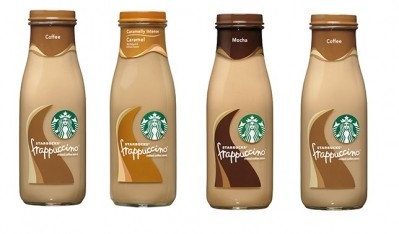Demand for coffee hurts grower nations economically, researcher says

Alexander Myers, a University of Kansas doctorate candidate in sociology, recently presented his research, Trading in Crisis: Coffee, Ecological Rift, and Ecologically Unequal Exchange, at the American Sociological Association 2015 meeting in Chicago.
Myers told BeverageDaily that the consumption of coffee in the US has been consistent, but the “technification” in these grower countries has been way up.
Coffee producing countries such as Honduras, Colombia, Guatemala and Brazil have seen many farmers in the country affected by the increase of different, higher quality beans, which are now grown on a large scale.
The impact of technification
Technification has made growing coffee similar to high-yield plants, such as corn and soybeans, according to Myers. Fewer farmers now have an opportunity to grow a diverse lot of crops, meaning many farmers focus on coffee and are beholden to its market fluctuations.
“It’s basically kind of the industrialization of coffee production; it is using coffees traditionally grown in the shade under trees, among other shrubs, and growing it in the open,” he said. “Technification is basically using a special kind of coffee that grows in full sun, as regular coffee beans won’t tolerate full sun.”
While this may mean more productive yields, he said this has many negative environmental impacts for the coffee producing countries and peasant farmers.
For example, the shade in which this coffee has historically been grown was used as a refuge for migratory birds, which has affected the biodiversity of many of these cultures.
Beans being out in the sun also impact the amount of water that is used; Myers said some research has shown that the average cup of coffee now takes 140 liters of water to grow.
In addition, growing out in the open puts farmers and those who pick from the coffee flowers in the midst of the local elements, with more exposure to wind and sun.
This makes growing coffee a far more dangerous line of work.
Why this change happened
Myers said when the International Coffee Agreement collapsed in 1989, the price started fluctuating rapidly, leaving growers at the whim of the market. As an example, he said the price has gone from more than $3 per pound to as low as $1.18 per pound in the last 18 months alone.
“The prices are less stable. If you’re growing coffee and selling it by the pound, one year you could be doing really well, the next year you could make half as much as you did,” he said. “It’s hard to count on that stability they’ve been able to count on in the 70s and 80s.”
This is why coffee is now more of a commodity crop than ever before and why more small-plot farmers are shifting their focus entirely to coffee, thereby losing crop diversity. There needs to be a high yield to ensure the best monetary return.
“If they’re growing only coffee versus growing coffee among some of the shade trees that have been typically used have been bananas and other things you can eat, you’d kind of be supplementing your cash income from coffee with food crops and staples that you could use for your sustenance,” Myers said. “The more these farmers shift specifically to coffee, the less they’re growing these types of bumper crops.”
Can it be helped?
While the Fair Trade movement has helped over the last decade, Myers calls it a “less bad” alternative to technification, as it still relies heavily on US and Europe residents buying coffee.
Myers believes the real solution will need to be multinational agreements between countries, as well as political changes within these grower countries themselves.
As far as what manufacturers and companies can do, Myers said responding to the demand for Fair Trade coffee is a great first step.
“It’s more of a short term thing,” he said. “But as a small measure, I think it’s a step in the right direction.”



















